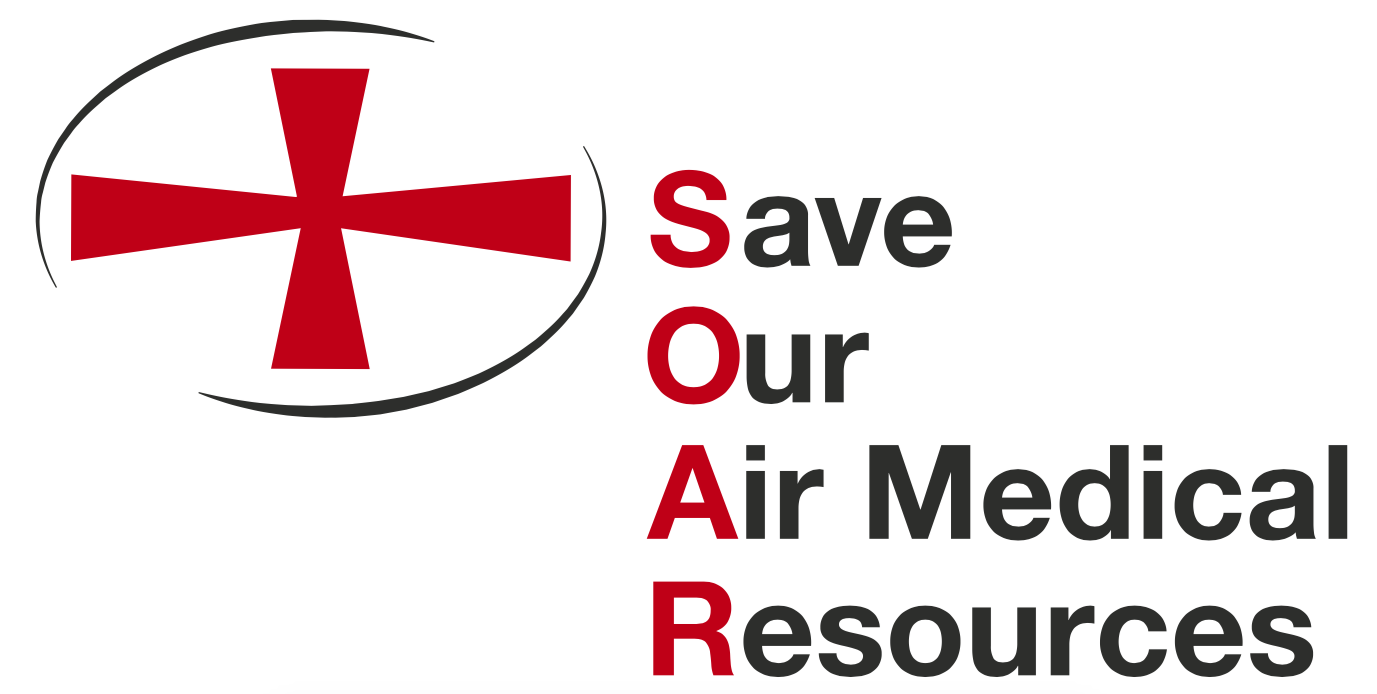The Save Our Air Medical Resources (SOAR) campaign joined together with One Country Project to host a webinar on Rural Health and Air Medical Services to talk about the health care access issues plaguing many parts of the country.
The panel, which took place virtually, was hosted by former U.S. Senator Heidi Heitkamp of North Dakota, founder of the One Country Project. The panelists included JaeLynn Williams, Chief Executive Officer of Air Methods, Carrie Cochran-McClain, Chief Policy Officer at the National Rural Health Association (NRHA), and Whitney Corby, the MedEvac Patient of the Year and a survivor of a car accident who was transported by air ambulance for life-saving medical treatment.
Senator Heitkamp opened the panel by welcoming each of the speakers and asking Williams and Cochran-McClain to speak on the challenges facing rural health care today. They agreed that access to quality health care providers and the increasing closure of rural hospitals are two major threats. They noted that rural health care infrastructure had reached a crisis point prior to COVID-19 and the pandemic has only made things worse – severely impacting access and overall health, leading to a higher rate of mortality in rural areas.
“Over the last ten years, we’ve had 138 rural hospitals close...What we’ve experienced in the last year and a half, two years of COVID-19 has just exasperated all of these known challenges and disparities, from workforce shortages to access to health care facilities to people’s overall physical and mental health,” said Cochran-McClain.
The significant amount of rural hospital closures highlights the critical need for air ambulance services. Williams emphasized the importance of air medical services to rural communities and how having “a flying ICU” in these communities elevates the standard of care.
“What it [air medical services] does provide to those communities is everything from trauma to strokes to cardiac events. It’s that lifeline and that lifeline is becoming ever more important,” said Williams. “Some of the challenges to that lifeline today are how we pay for it.”
Medicare and Medicaid patients, which combined make up about 60% to 65% of air ambulance transports, often fall short in covering costs, leaving providers struggling to stay afloat.
Williams also raised industry concerns with the No Surprises Act, which was passed with the good intention of removing patients from the middle of billing disputes between medical providers and insurance companies. Williams says she supports the Act overall, however, they take issue with how some of the implementation rules are written. The Act relies on qualified payment amounts, the average cost of care for a particular service. However, the Department of Health and Human Services does not have enough data to base those costs on, so the proposed reimbursement is far too low, putting air medical services at risk.
In addition, the implementation rules treat all air medical providers equally regardless of their costs. Air ambulances that are part of a large, urban hospital can charge less because the hospital earns money on providing acute care services whereas an independent air ambulance operating out of a base does not have other services to offset the losses it takes on Medicare and Medicaid patients.
“We feel that one of the key things that needs to happen as we go through this final rule-making is there needs to be a separation between providers who are attached to hospitals and providers who are working in rural areas,” explained Williams.
When asked about making sure that rural communities get immediate access to care, Cochran-McClain emphasized that rural America needs air ambulances “because we don’t have equity in terms of access to trauma services across the country... Higher acuity trauma centers don’t exist in rural areas.” To ensure rural and underserved communities continue to have access to these services, emergency air medical needs to be a part of the conversation and the larger infrastructure of health care policy. These systems look different all over the country depending on where they are, how they are funded, and how they are trained.
To understand just how important air ambulances are, panelist Whitney Corby shared her own story. In 2013, Corby was in a car crash in her hometown in upstate New York. When emergency medical services arrived at the scene, Corby was in critical condition and ground transport would not have gotten her to a trauma center fast enough. An air ambulance stabilized her airway and flew her to the nearest trauma center in Pennsylvania. After a long recovery, Corby went back to school to get her nursing degree and now works in Phoenix, Arizona.
“I get it more as a health care provider now. I definitely wouldn’t have made it if I was being taken by ground. It's very humbling to know that people that I had never met, no idea who they were, landed in a helicopter, took me in, and gave me my life,” said Corby.
Corby also offered insight into the workforce issues that the air medical services industry faces. As a neurology nurse herself, she acknowledges that “right now, it’s really hard to talk people into being a nurse but overall, I wouldn’t trade my job for anything.” To combat worker shortages, Air Methods is supportive of federal grants, education opportunities, and training programs for their employees. They have also launched a drone division that will help alleviate stress, costs, and demand by putting technology in place to help rural Americans.
In her closing remarks, Cochran-McClain reminded us that “if anyone can figure out how to sustain these services and take care of their communities, it’s going to be people from rural America. It’s who we are and in the fabric of what we do.”

